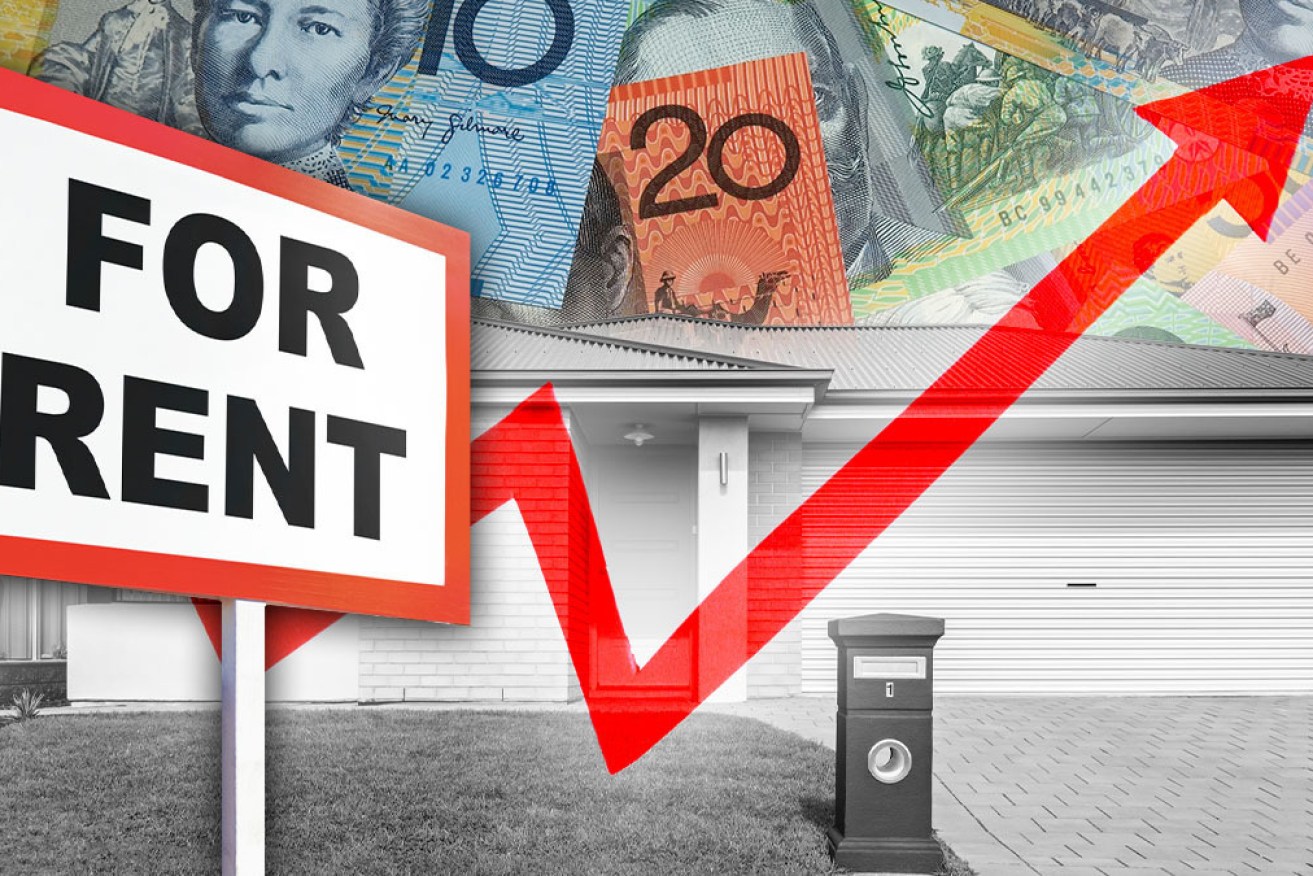Only seven rental properties are affordable for singles on JobSeeker: Study


Australia's housing crisis has reached "fever pitch", according to Anglicare Australia. Image: TND
Australians earning a full-time minimum wage can afford just 2 per cent of the rental listings found across the country, according to a new report.
Meanwhile, people on the age pension can afford just 1 per cent.
And those getting by on the unemployment benefit JobSeeker can afford just seven out of the country’s 45,992 private rental listings, all of which are rooms in share houses.
The stark findings are found in the latest annual Rental Affordability Snapshot from Anglicare Australia, which found the country’s housing crisis has now reached “fever pitch”.
“No part of the country has been spared,” Anglicare Australia executive director Kasy Chambers said.
“Rents are shooting up in towns and regions, and our cities have never been more expensive.
“We keep hearing that this election is about living costs, but housing is the biggest cost facing Australians. People on low incomes don’t stand a chance.”
The snapshot defined a listing as unaffordable if it accounted for more than 30 per cent of a person’s household budget.
Social housing shortfall
Housing experts told TND rental properties are so unaffordable because governments have built too little social housing.
Social housing typically caps rents at 25 per cent of tenants’ income and is either run by state governments or not-for-profit agencies, which both need hefty subsidies from the Commonwealth to build and operate these units as the rent received from tenants is too low to cover costs.
Research published by the University of New South Wales found that Australia had a social housing shortfall of 437,600 homes in 2019 and would need to build more than one million social housing units by 2036 to meet growing demand.
But UNSW senior research fellow Chris Martin told TND the federal government is more focused on giving cash handouts to aspiring first-home buyers.
Dr Martin said this is partly because many politicians are landlords and have a vested interest in supporting demand for rental properties in the private market. (Others have argued that offering support for first-home buyers wins more votes.)
“They don’t own shares in banks, they don’t own shares in companies, but they do own investment properties,” Dr Martin said.
“It’s not in the interest of landlords to have [a non-market housing alternative] – and we have governments who have been too beholden to the interests of landlords, and who are landlords themselves.
“Low-income households need more affordable rental housing, and that should be provided by a non-market housing provider, [such as a] social housing provider.”
What can fix the problem?
Grattan Institute economic policy program director Brendan Coates said one of the best solutions would be to give more money to low-income renters via Commonwealth Rental Assistance.
CRA is paid to pensioners and other income-support recipients who rent. It has not kept pace with rising rents.
Bankwest Curtin Economics Centre research shows rents over the past five years have risen by $100 per week in Canberra and by at least $50 per week in Sydney, Adelaide and Perth.
But the maximum rate of rent assistance has only increased by $6.10 per week.
Mr Coates said CRA payments need to increase by 40 per cent, which would amount to an extra $1450 a year for a single person.
Neither major political party has committed to lifting CRA payments – and Prime Minister Scott Morrison drew criticism in March when he said the best way to support renters was to help them buy a house.
Labor campaign spokesman Jason Clare said Mr Morrison’s comment showed he’s “so out of touch you’d need the Hubble telescope to find him”.
But Labor’s $10 billion proposal to build 30,000 social and affordable homes over five years also falls short of calls from organisations such as Anglicare Australia and Everybody’s Home, which want governments to build an additional 25,000 social housing dwellings every year.
“Building more housing is the best way to put a lid on rents,” Mr Coates said.
“And that would make housing cheaper for everyone.”








